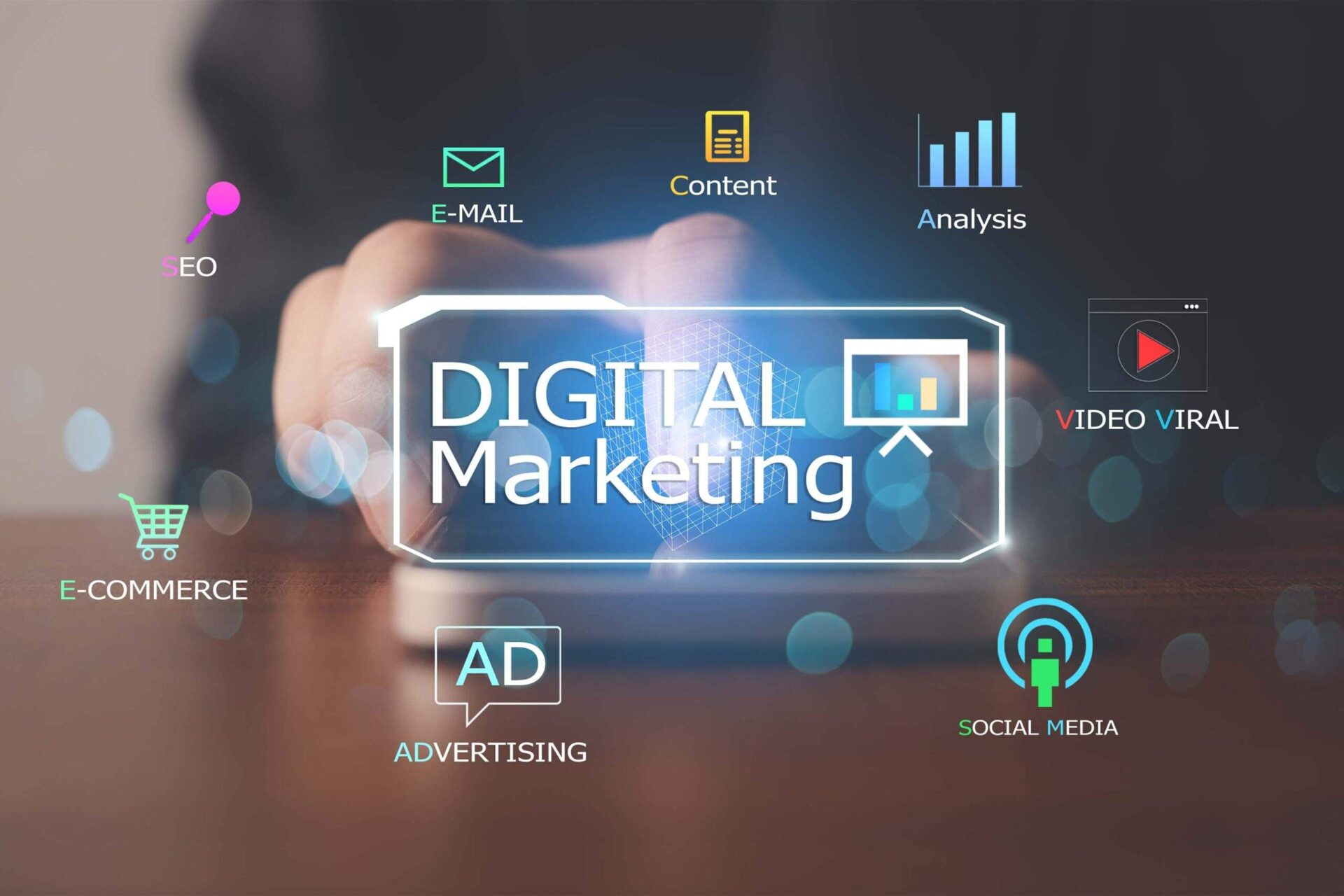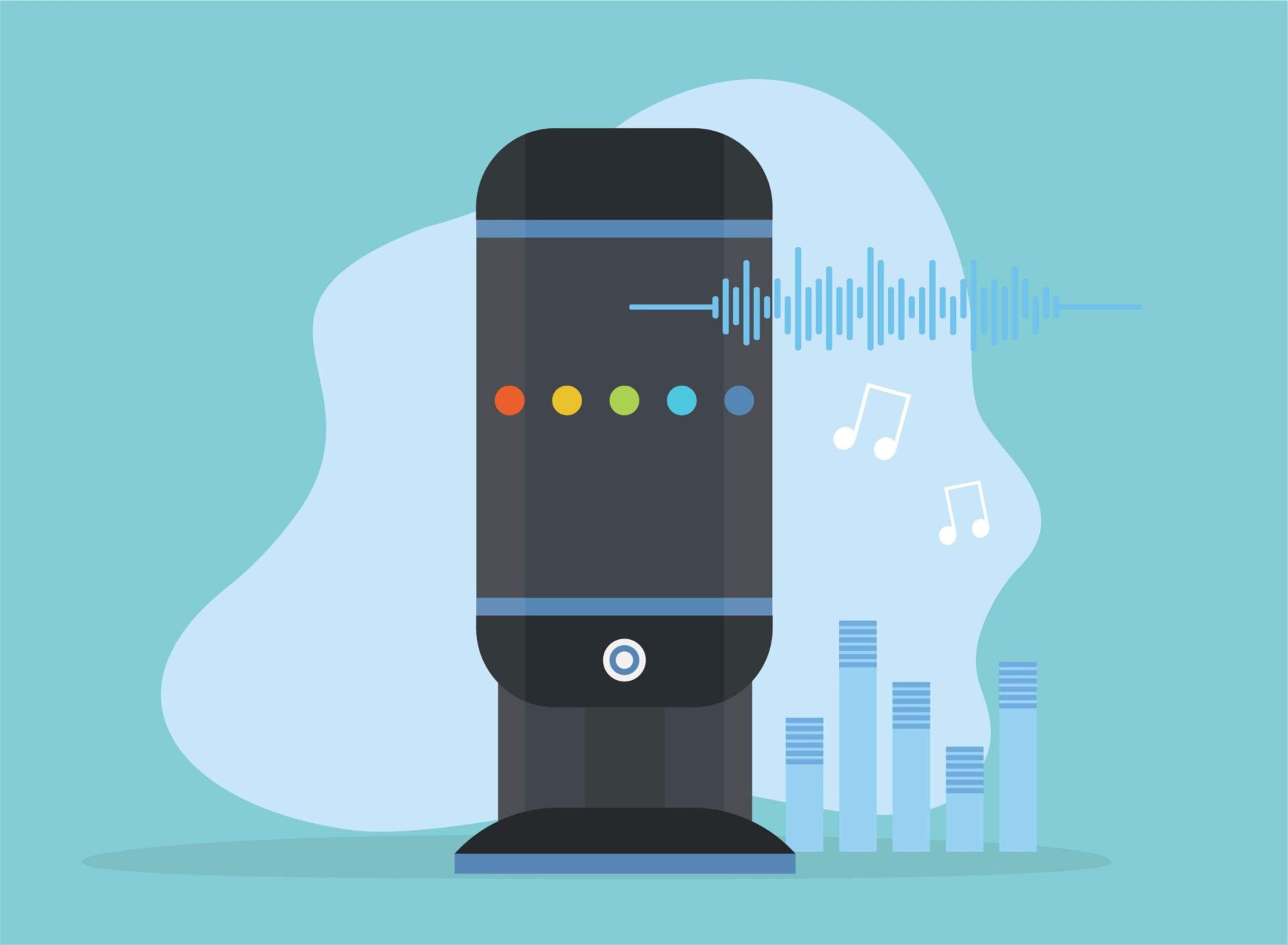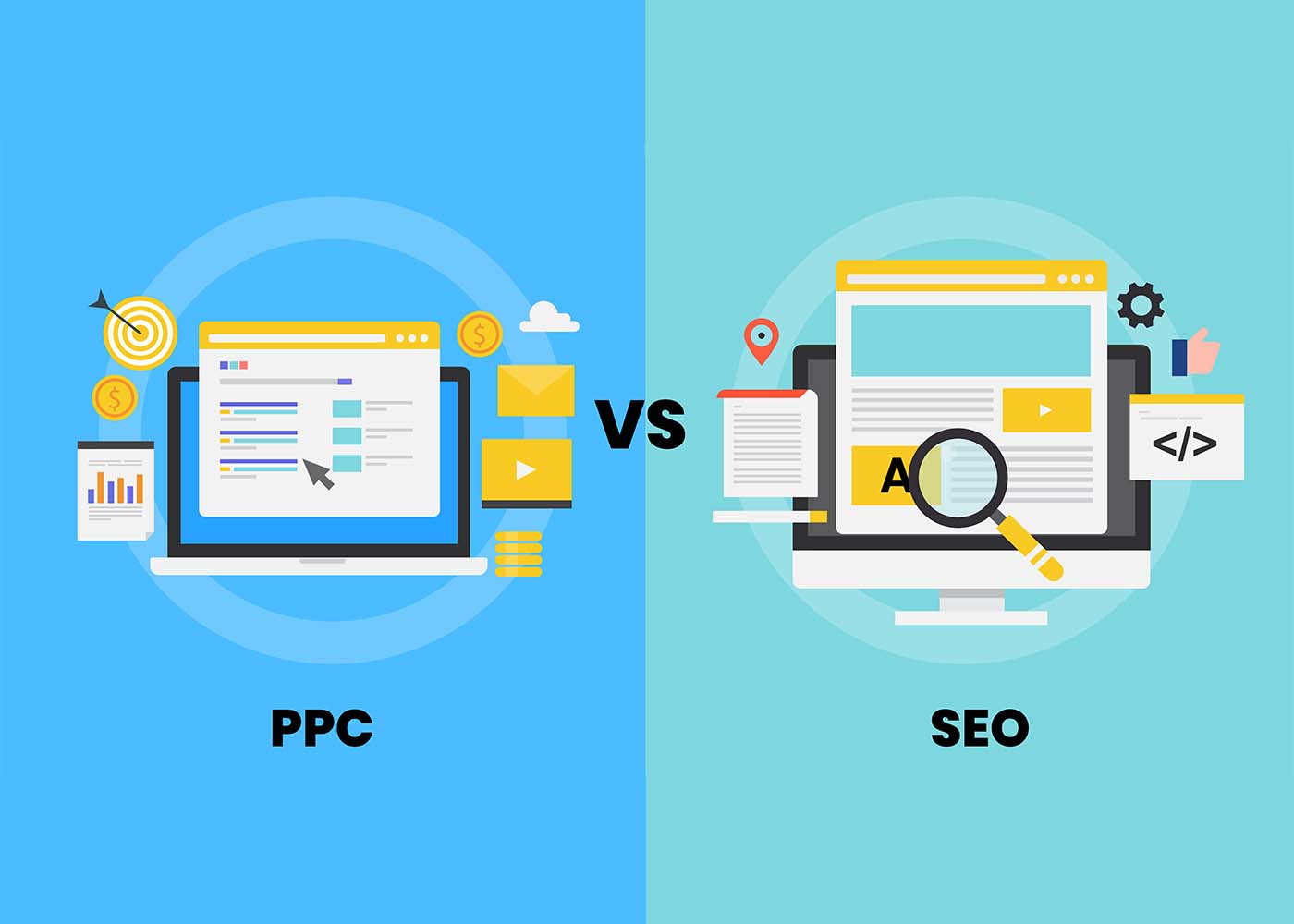As a digital marketer, the success of your campaigns largely depends on how effective your calls-to-action (CTA) are. If they’re too subtle, readers may not take action; but if they’re overly aggressive, it can drive potential customers away. Finding that perfect balance between assertive and inviting can be tricky – but don’t worry: We have uncovered several psychological techniques that will help you craft irresistible CTAs for any digital marketing strategy! Read on to learn the secrets behind creating captivating CTA copy from scratch.
Understand Your Target Audience
Knowing your target audience is crucial when it comes to crafting a successful call to action. The more you understand their needs, desires, and pain points, the better you will be able to create a message that really resonates with them. Whether it’s a promotional offer, a subscription, or any other action you want them to take, a well-crafted CTA can make all the difference between gaining a loyal customer or losing out to the competition. So take the time to get to know your target audience before you start creating your calls-to-action. It will pay off in the end with higher conversion rates and more satisfied customers.
Use Action-Oriented Language
When crafting a CTA, it’s important to use action-oriented language that leaves no room for confusion about what you want your audience to do next. Instead of using vague statements like “learn more” or “discover”, be specific about the action your audience should take. For example, “click to subscribe”, “register for the webinar”, or “shop now”. By using clear and concise language, you not only give your audience direction but also create a sense of urgency that encourages them to act quickly. So, next time you write a CTA, focus on using powerful action words that motivate your audience to take the next step toward conversion.
Make Use of Emotional Triggers like Fear and Urgency
One of the most effective ways to grab the audience’s attention quickly is by using emotional triggers. Fear and urgency are two emotions that can create an impulse response in people, prompting them to act immediately. When implemented correctly, these triggers can be a powerful tool in increasing sales or attracting new customers. However, it’s important to remember that these emotional triggers need to be used ethically and responsibly. One effective strategy is to pair them with a clear and concise Call-to-Action (CTA) that motivates the audience to take action right away. By harnessing the power of emotional triggers and using them strategically, marketers can create a sense of urgency and move their audience to take action.
Keep your CTA Copy Short and Sweet
When it comes to writing a Call-to-Action (CTA), there’s nothing more counterintuitive than going into too much detail. After all, the point of a CTA is to inspire action, not to overload your readers with information. By keeping your CTA copy short, sweet, and to the point, you can help reduce the chances of overwhelming or confusing your readers. Whether you’re asking them to download an ebook, sign up for a newsletter, or purchase a product, remember that less is often more when it comes to CTAs. So take a step back, simplify your language, and watch as your readers start to take action.
Use Social Proof
Have you ever found yourself hesitating before taking action on a call-to-action on a website? Perhaps you’re not alone. But what if you knew that many others who took that same action ended up achieving success? This is the power of social proof. When we see that others have succeeded before us, we become more confident in taking similar actions. That’s why showcasing success stories from previous customers can be such a powerful tool. By highlighting the achievements of others who have taken action on your website, you can increase the likelihood of others following suit. So don’t be afraid to put your customers’ success stories on display – they just might be the extra push someone needs to take that final step towards achieving their goals.
Incorporate Visual Elements in Your CTA Design
Have you ever come across a website with a dull Call-to-Action (CTA) button that just doesn’t capture your attention? Incorporating visual elements such as images, icons, and colors can undoubtedly change this. Visuals are processed faster than text, and they can create a more compelling effect. So, for your CTA design to attract your target audience, using visual elements is a must. A well-designed button with a striking color or a relevant icon can make all the difference. By incorporating such visual aids, you increase your CTA’s visibility and make it stand out, resulting in more clicks and conversions.
Crafting Attention-Grabbing CTA That’s Applicable to Your Brand
Call to action (CTA) is not just about creating a pretty picture – it’s about capturing your audience’s attention and motivating them to take action. Your CTA visuals should be tailored to your brand’s style and message, while also being eye-catching and memorable. But how do you stand out in a sea of similar calls to action? The key is to experiment with different visual elements, such as colors, fonts, and imagery, to find what resonates with your target audience. By aligning your CTA visuals with your brand identity and using creative techniques, you can create CTAs that drive engagement and boost conversions.

Use Loss Aversion Bias
When it comes to creating powerful calls to action (CTAs), one psychological factor that should be front and center is loss aversion bias. This bias describes the tendency of individuals to strongly prefer avoiding losses over acquiring gains. Using this knowledge to your advantage, you can craft CTAs that emphasize what your audience stands to lose if they don’t act now, rather than what they stand to gain if they do. By highlighting the negative consequences of inaction, you can create a sense of urgency and prompt action from your audience. This strategy can be particularly effective in situations where your audience is faced with a problem that needs to be addressed quickly. So if you want to create CTAs that truly compel your audience to take action, consider leveraging the power of loss aversion bias.
Examples of Some of The Simple Yet Effective CTAs
Every marketer knows that a well-crafted call-to-action (CTA) can make the difference between a visitor bouncing off your website and taking action toward conversion. Big brands understand this concept all too well and have come up with some of the most effective CTAs that any business owner can learn from. From Nike’s iconic “Just Do It” to Apple’s “Buy Now”, these brands have mastered the art of persuasively urging their customers to take action. Moreover, Amazon’s “Add to Cart” and Airbnb’s “Book Your Stay” are examples of CTAs that are simple, engaging, and to the point. The best CTAs have one thing in common: they are clear, specific, and tailored to their target audience. So, what can we learn from these big brands? Start by studying their CTAs and adapting them to your own business needs.
Conclusion
Crafting a great CTA requires an understanding of how people think and react to different triggers. But with the right strategy in place, it can lead to a significant uptick in conversions and sales. The key is to get creative and think beyond the traditional call-to-action techniques, like making use of emotional triggers, social proof, visuals, and loss aversion techniques. Big brands usually take services from the digital marketing agency they trust in and used these digital marketing strategies successfully so take inspiration from that as you are crafting your own powerful CTAs. At the end of the day, if you can captivate people’s attention long enough for them to click that button or provide their contact info –you’ve done your job! Utilizing these best practices will not only help you create more effective CTAs but also give you an extra edge over other businesses in your field.





























